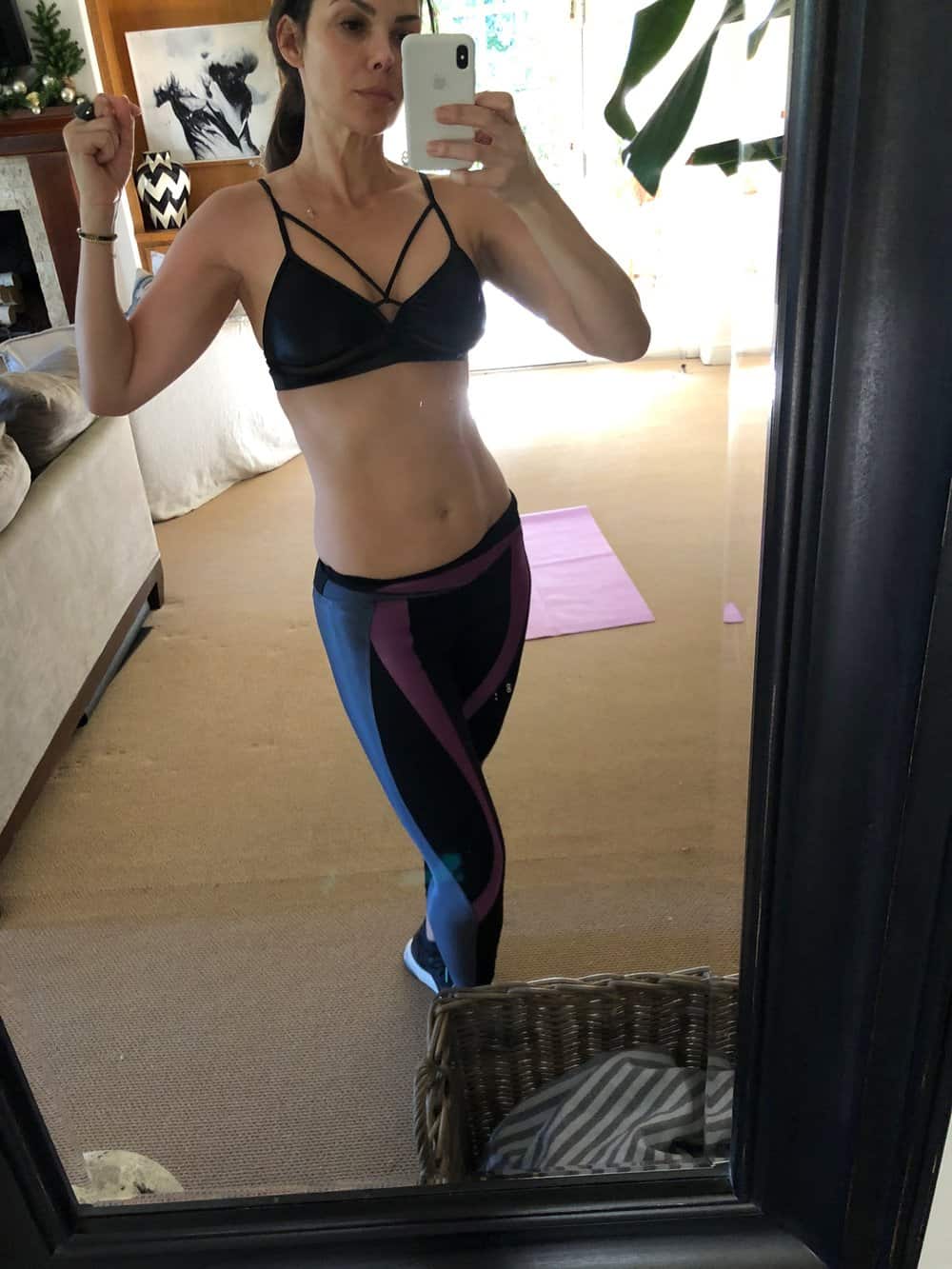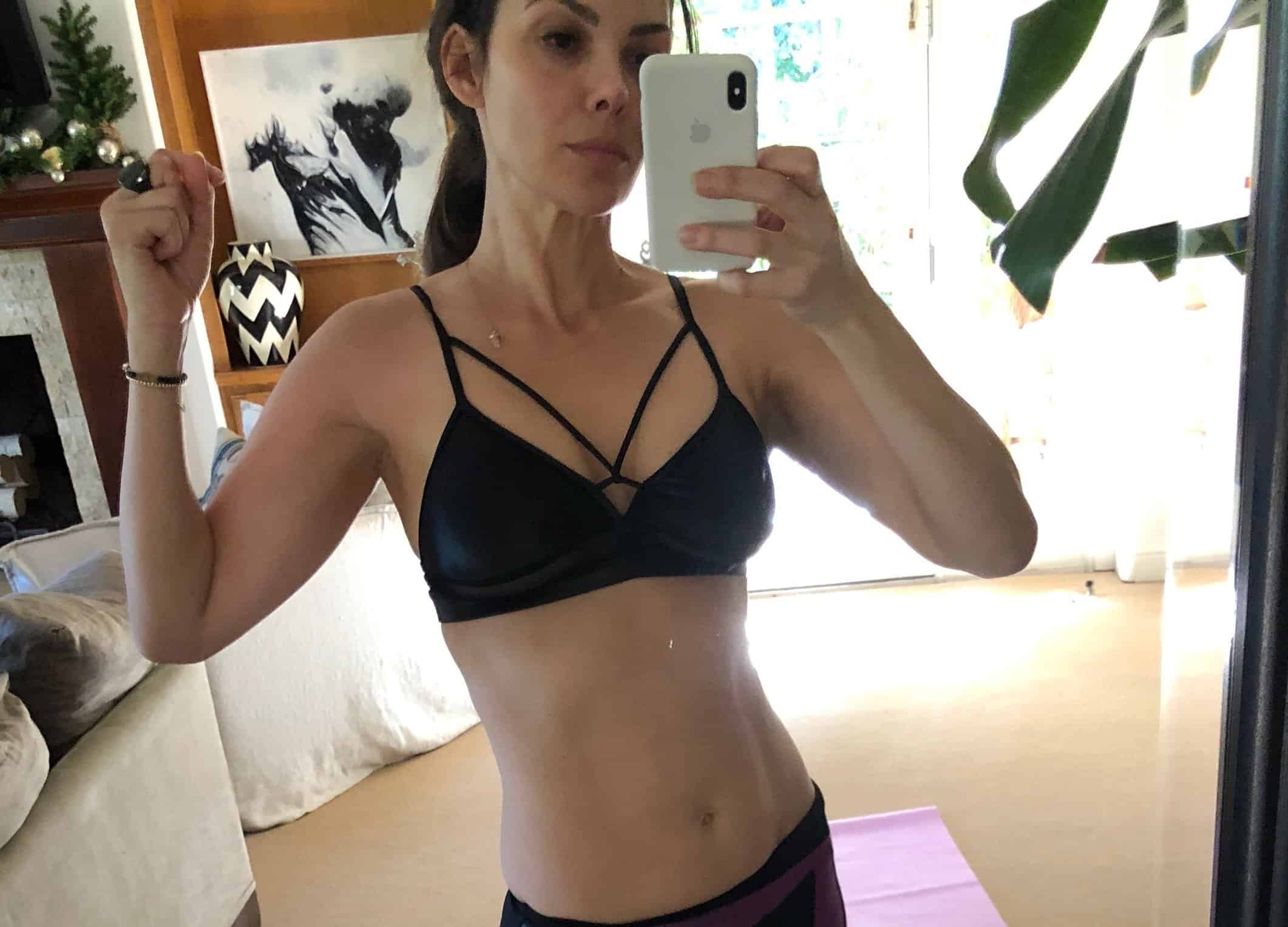
A fitness journal is a powerful tool!
Do you have trouble sticking to your fitness goals? You’re not the only one. Things happen, life happens. We get sidetracked, lose motivation and often times have nothing that holds us accountable.
Why you should keep a fitness journal
It’ll help you stay on track. Writing down and keeping track of your efforts can be powerful. After a while, you won’t want to let yourself down and you’ll want to keep building on what you’ve already accomplished.
You’ll be able to identify patterns. A fitness journal can reveal many things about your exercise routines. If you’re keeping track of your moods, you’ll notice what you really enjoy and what you should do more of. You’ll also quickly notice your strengths and weaknesses, which can give you direction and purpose.
It’ll give you a realistic picture of your performance. When done correctly, a fitness journal can clearly illustrate exactly how you’re performing. This can help you assess your own fitness level, make modifications and set realistic goals.
You’ll notice progress. It can be immensely rewarding to look back and see how far you’ve gotten.
Where to keep a fitness journal
First, you have to decide whether you’d like to use a notebook or go digital.
If you want to kick it old school, go right ahead and get hold of a notebook or calendar.
If you’re looking to go digital, there are awesome apps out there for fitness journaling.
What to write
For this habit to stick, it’s important to make it a simple process. You don’t want to write an essay after each workout, especially if you’re working out on your lunch break or in the morning before school or work. Keep it short, and fill out each of these categories as soon as you can after your workout:
Day / Date / Time / Location
Example: Tuesday 1/4/2018 from 7:30-8:10 AM at the gym.
Activities
In this category, you’ll write down the total body of you work you accomplished.Example:
Ran 1.5 miles in 20 minutes and 30 seconds on the treadmill
Biked 3.3 miles in 25 minutes and 9 seconds
Stretched for 15 minutesExample:
Barbell Squats: 3 sets of 12 repetitions with 10 lbs
Lunges: 4 sets of 15 repetitions
Crunches: 5 sets of 15 repetitions
Jump rope: 4 sets of 30 seconds, with a 1-minute break in betweenMood
Was it enjoyable? Too hard? Too easy? Did something hurt? If you notice patterns, such as knee pain every time you hit a certain trail, it might be time for new shoes or to try a different route. Describing your mood also encourages you to reflect on exercises and helps you determine whether you should do more or less of them.
-
Example: Felt amazing and energized, but my lower back hurt slightly, perhaps due to squats.
-
Example: Had a hard time getting going because I scheduled the workout too early. I was, however, happy to notice that I ran 2 miles 15 seconds faster than I did last month.
There are, of course, countless ways to keep a fitness journal, but the above example should give you a solid foundation. From here, you can make tweaks as you get more familiar with keeping a fitness journal.





